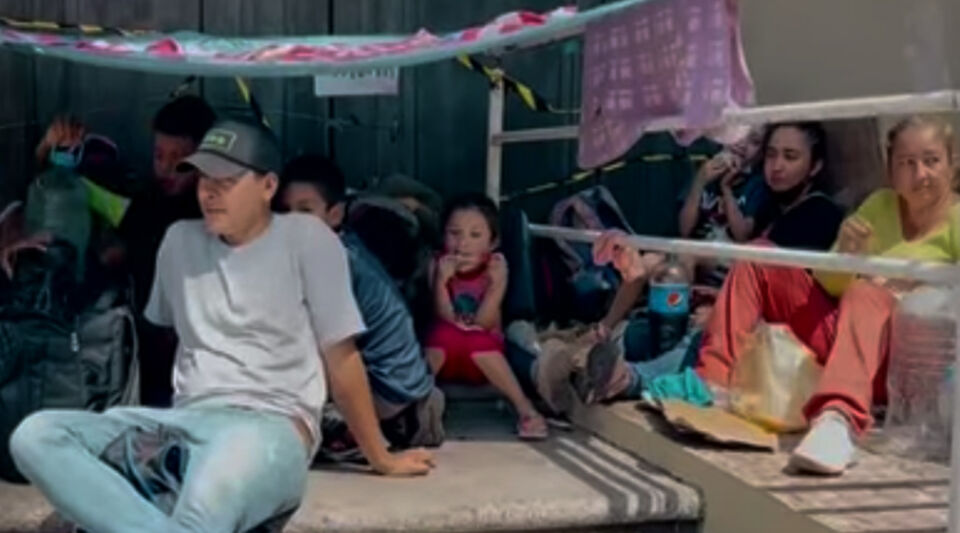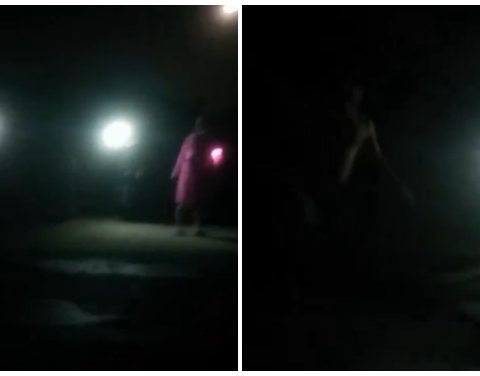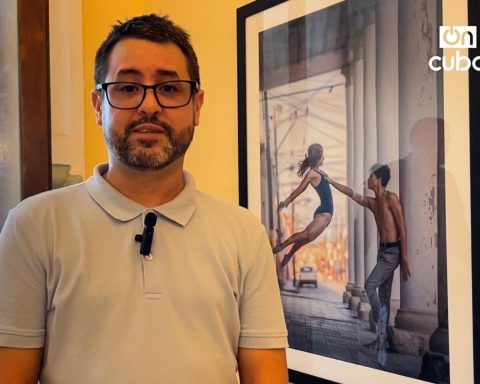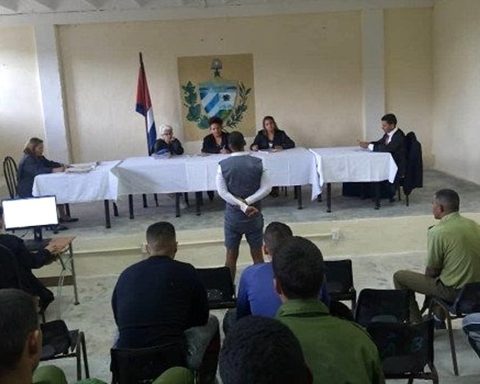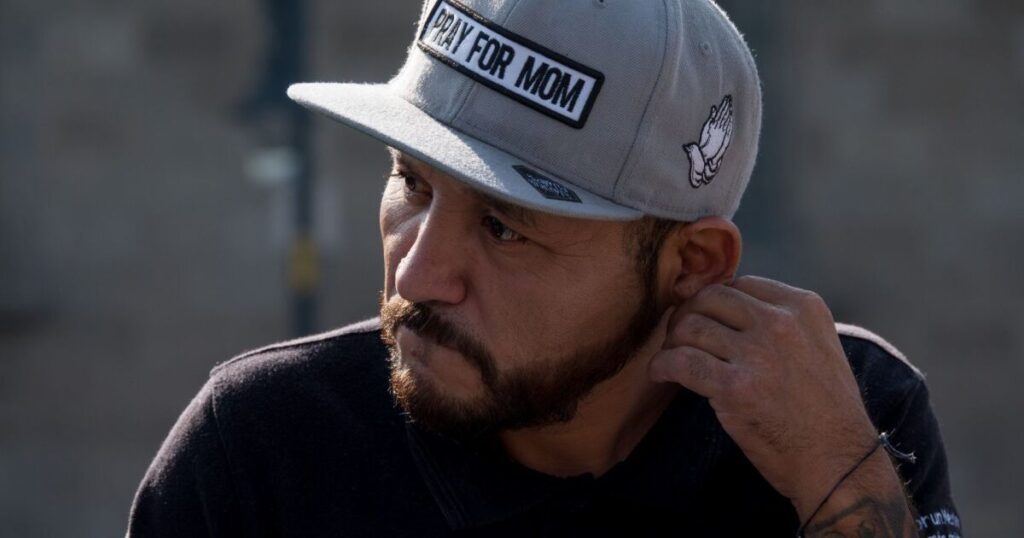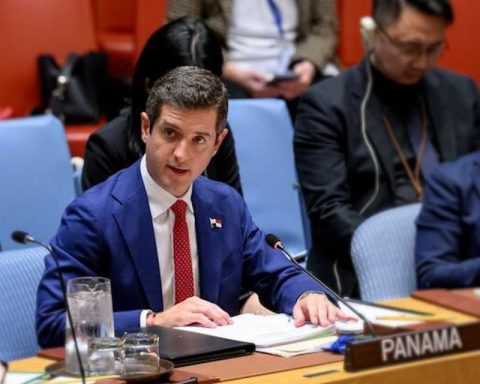Oleivin Pérez has 23 days in Tapachula, in the Mexican state of Chiapas in the south of the country. In September of last year, the National Migration Institute (INM) detained this Cuban and transferred him to Ciudad Cuauhtémoc to return him to Guatemala through the department of Huehuetenango. “Now I entered the Suchiate River, I paid 15 quetzales -almost 2 dollars-, I got on the bus and got off before the Tapachula checkpoints,” he tells 14ymedio.
A native of Ciego de Ávila, the 28-year-old travels alone and mentions that it is through what he has learned in posts by other migrants in groups on Facebook that he has avoided being detained again, although in order to obtain the humanitarian visa that the INM paid $120 to an immigration agent. “I want to continue in transport to Piedras Negras but they are stopping even if you show the visa,” explains Pérez.
Roberto, another Cuban who was held in November of last year at the Zozaya migratory station, in the municipality of Guadalupe, in Nuevo León, places Ciudad Hidalgo along the Suchiate River, Talismán and Ciudad Cuauhtémoc as the busiest points of entry into Mexico from Guatemala. “The section that goes to Ciudad Cuauhtémoc along the Chamic highway is the most dangerous route due to the robbery and abuse of women,” mentions the migrant who crossed into the United States through the border with Piedras Negras.
Between December and January, the Chiapas Attorney General’s Office registered 40 disappearances in the vicinity of Chamic, several of them migrants, and pointed to the Sinaloa Cartel and the Jalisco New Generation Cartel as the main responsible for these crimes, in addition to human trafficking. arms and drug trafficking.
“I want to continue in transportation to Piedras Negras but they are stopping even if you show the visa”
The International Organization for Migration (IOM) has counted at least 450,000 migrants a year who transit through Mexico irregularly, with Ciudad Hidalgo being the largest influx with the passage of 317,574 people from Cuba, Haiti, El Salvador, Venezuela and Brazil .
To the Cuban migrant Odlanier Sánchez The Mexican Commission for Refugee Aid (Comar) changed his appointment to receive a response to his refugee request, for which he has resorted to the Diocesan Belén shelter, located in Tapachula, which assists more than 400 foreigners. “You can stay for five days and then leave because of the number of people who arrive. There are not many shelters like this on the road,” he explains.
During his stay in Chiapas, Sánchez has suffered discriminatory acts and insults from some inhabitants. “People go to the shelters asking to be expelled.” In 2021, the El Caminante J´tatic shelter, located in the Pakal Ná area, had to close due to pressure from the residents. “People invited the neighbors to come with sticks and machetes to the shelter to close it down, as if we were thugs,” the shelter’s manager, Alberto Gómez, confirmed to this newspaper.
Other assistance shelters in Chiapas are the parish of San Francisco Huixtla headed by the parish priest Heyman Vázquez Medina and the Casa del Migrante Hogar de la Misericordia under the tutelage of the Parroquia del Sagrado Corazón de Jesús in Arriaga.
The departure from Tapachula is limited for the moment to be done through coyotes and carriers. The truckers are charging $300 to “hide people,” Sánchez explains that some are passing by, “that’s why those who can pay take risks.”
Coyotes charge between $1,200 and $2,000 per transfer. Another way is the use of vans in which they move in groups of 10 people and pay up to 250 dollars. Some have even chosen to make the journey on motorcycles in an attempt to avoid detention by immigration agents.
________________________
Collaborate with our work:
The team of 14ymedio is committed to doing serious journalism that reflects the reality of deep Cuba. Thank you for joining us on this long road. We invite you to continue supporting us, but this time becoming a member of our journal. Together we can continue transforming journalism in Cuba.
